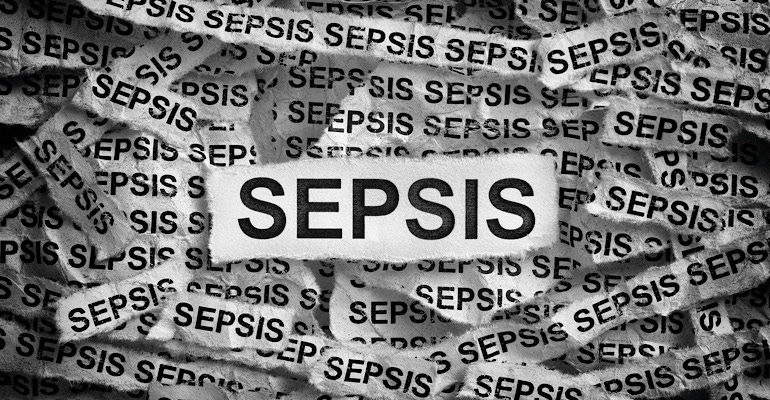The system scours medical records and clinical notes to identify patients at risk of life-threatening complications.
July 29, 2022

An extensive hospital study, published in Nature Medicine and Nature Digital Medicine, shows that patients are 20% less likely to die of sepsis because a new AI system developed at Johns Hopkins University, called the Targeted Real-Time Early Warning System, catches symptoms hours earlier than traditional methods.
Sepsis is easy to miss because the symptoms, such as fever and confusion, are common in other conditions. The faster it is detected; the better the patient’s chances are for survival. Early detection, however, has not historically been easy to do.
Previous attempts to use electronic tools to detect sepsis were accurate 2% to 5% of the time. All sepsis cases are eventually caught, but with the current standard of care, the condition kills 30% of the people who develop it. In the most severe sepsis cases where an hour delay is the difference between life and death, the Targeted Real-Time Early Warning System detected it an average of nearly six hours earlier than traditional methods.
Combining a patient's medical history with current symptoms and lab results, the machine-learning system shows clinicians when someone is at risk for sepsis and suggests treatment protocols, such as starting antibiotics. The system tracks patients from when they arrive in the hospital through discharge, ensuring that critical information is not overlooked, even if staff changes or a patient moves to a different department. During the study, more than 4,000 clinicians from five hospitals used the system in treating 590,000 patients. The system also reviewed 173,931 previous patient cases. In 82% of sepsis cases, the AI was accurate nearly 40% of the time.
Unlike conventional approaches, the system allows doctors to see why the tool is making specific recommendations. "The approach used here is foundationally different," said Suchi Saria, in prepared remarks. Saria is a founding research director of the Malone Center for Engineering in Healthcare at Johns Hopkins and lead author of the studies, which evaluated more than a half million patients over two years. "It's adaptive and takes into consideration the diversity of the patient population, the unique ways in which doctors and nurses deliver care across different sites, and the unique characteristics of each health system, allowing it to be significantly more accurate and to gain provider trust and adoption."
"It is the first instance where AI is implemented at the bedside, used by thousands of providers, and where we're seeing lives saved," said Saria. "This is an extraordinary leap that will save thousands of sepsis patients annually. And the approach is now being applied to improve outcomes in other important problem areas beyond sepsis."
About the Author(s)
You May Also Like




